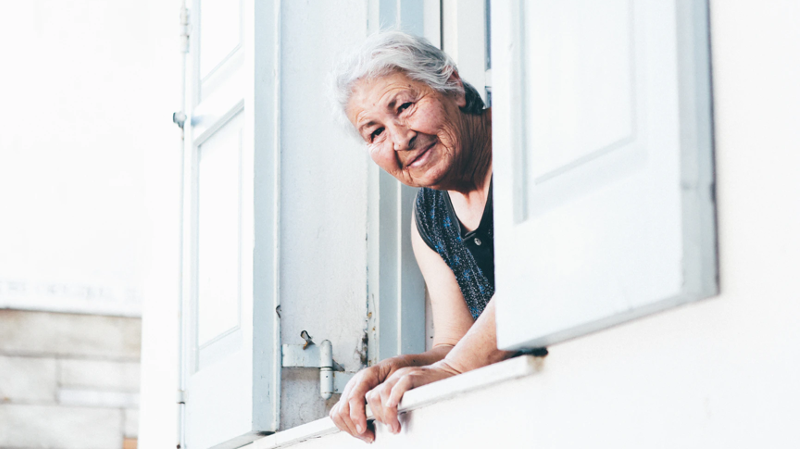As you age, the increased risk of falling becomes particularly concerning, given that falls can result in severe injuries or even fatalities, especially among older individuals. Monitoring systems are very helpful because they let people and their caretakers know right away if someone falls. This can give everyone peace of mind.
But because there are so many choices on the market, it can be hard to pick the right fall monitoring system. To help you get through the choosing process, here are eight tips:

1. Think About What You Need
First, you should figure out what the person who will be using the fall monitoring system needs. Think about things like your mobility, your habits, and any health problems you already have. This review will help you figure out which features and functions are most important for your needs.
2. Dependability and Accuracy
Look for a fall monitoring system that is known for being dependable and accurate. To cut down on false warnings, the system should be able to tell the difference between real falls and normal movements or activities.
3. Monitoring Options
Choose whether you want a fall detection system that is watched over or one that is not. Systems that are monitored are linked to a center where trained professionals are stationed to send help in case of an emergency. Think about which choice fits your wants and preferences the best.

4. Wearable vs. In-Home Systems
Fall warning systems can be installed in the home or on the person. Wearable devices, like wristbands or pendants, give you freedom and mobility. In-home systems, on the other hand, are usually set up in the living space and may include sensors put all over the house. Pick the type of system that fits the user’s needs and gives them the service they want.
5. Battery Life and Charging
If you want to buy a wireless fall detector, you should think about how long its battery will last and how often it needs to be charged. A battery that lasts a long time is necessary for continuous protection, and charging choices that are easy to use make it simple for the user. Look for gadgets with batteries that can be charged again and again, and find out how long the batteries last between charges.
6. Ease of Use
The fall monitoring system should be simple for both the person wearing it and the people helping them. One-touch activation, clear directions, and simple interfaces are some of the features that make it easier to use and less likely that you will get confused in an emergency. Before you buy the system, make sure you can use it.

7. Integration with Existing Devices
If the user already uses other medical or safety devices, you should think about how well these devices will work with each other and how they can be integrated. A fall detection system that works with current devices can make them more useful and make monitoring and responding to falls easier.
8. Cost and Service Plans
Think about how much the fall monitoring system costs, including any one-time fees, monthly fees, or service plans. Look at the prices of different companies and think about how much value they offer in terms of features, dependability, and customer service. To make sure everything is clear and you’re at ease, also ask about cancellation rules and warranty coverage.
Prioritize Safety and Peace of Mind
There are a lot of things to think about when picking the right fall monitoring system, such as how accurate it is, how reliable it is, how easy it is to use, and how much it costs. You can choose a system that effectively detects falls and improves safety and well-being for yourself or your loved ones by fully researching and thinking about your own needs and tastes.













































